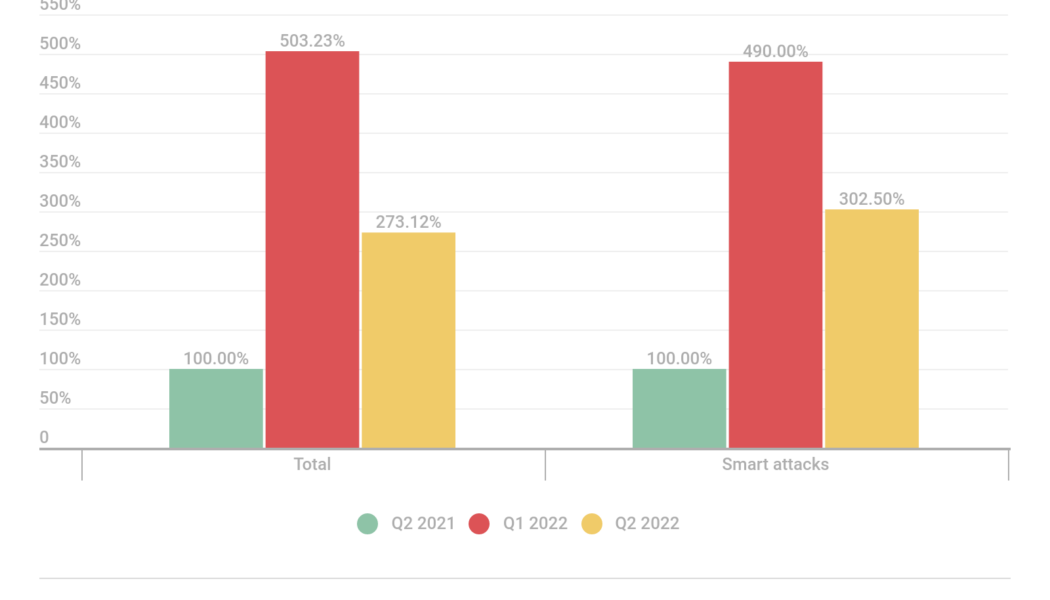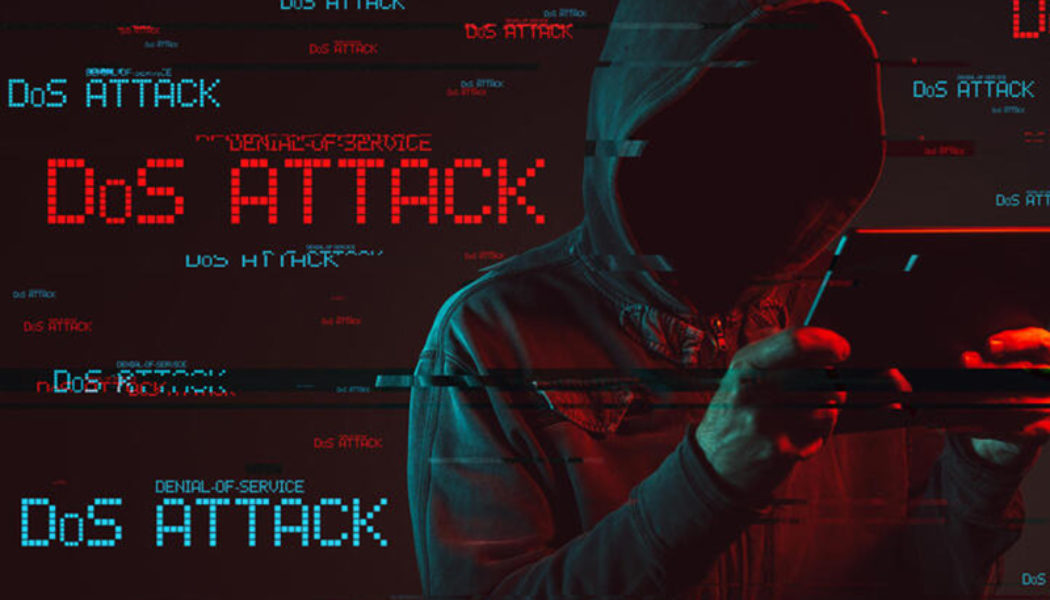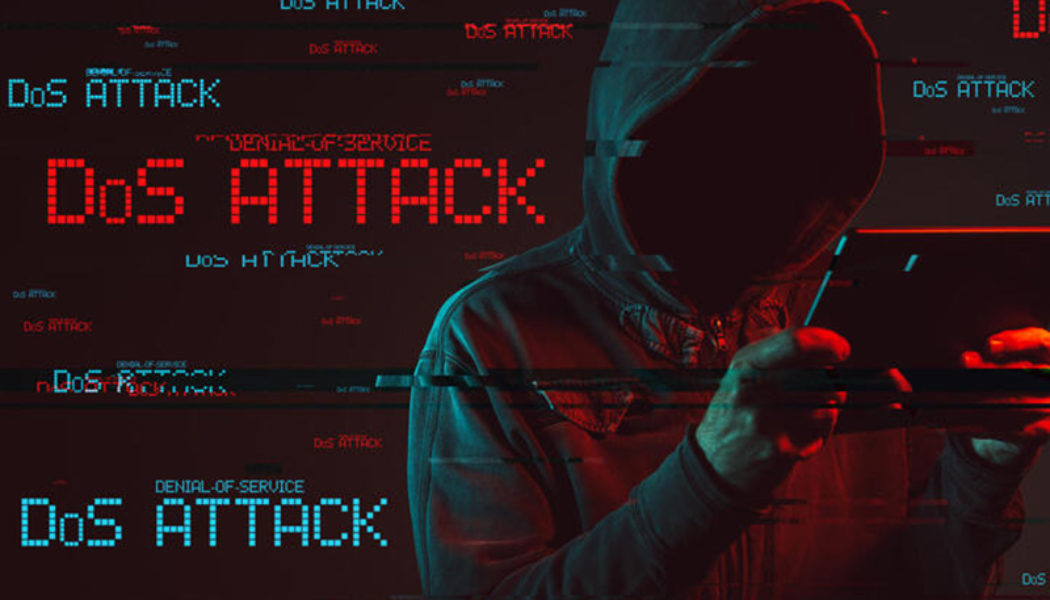DDOS attacks
The Crypto Collapse & Rising DDoS Smart Attacks
Image sourced from Shutterstock. During Q2 2022, Distributed Denial of Service (DDoS) attacks reached a new level as the share of smart attacks and average duration saw steep increases. Compared to the previous year, the average duration of a DDoS attack rose 100 times, reaching 3,000 minutes. The share of smart attacks almost broke the four-year record, accounting for nearly 50% of the total. Experts also expect an increase in overall DDoS activity, especially with the recent collapse of cryptocurrency. These and other findings are part of a quarterly DDoS report issued by Kaspersky. A Distributed Denial of Service (DDoS) attack is designed to hinder the normal functioning of a website or crash it completely. During an attack (which usually targets government institutions, retail or ...
Ukraine War Leads to Largest Ever Spike in DDoS Attacks – Kaspersky
Image sourced from Packetlabs. According to Russian cybersecurity group Kasperksy, compared to Q1 2021, the number of Distributed Denial of Service (DDoS) attacks in Q1 2022 rose 4.5 times with a considerable number of the attacks likely to be the result of hacktivist activity. Kaspersky says it operates independently from the Russian government, even as its antivirus software is being investigated in Europe. The firm continues that the attacks also showed an unprecedented duration for DDoS sessions, particularly those aimed at state resources and banks. Further information has been included in a report issued by Kaspersky. DDoS Attacks Distributed Denial of Service (DDoS) attacks are designed to interrupt network resources used by businesses and organisations and prevent them from functio...
Bad Actors Innovate, Extort & Launch 9.7M DDoS Attacks
In March 2022 we released our 2H 2021 Threat Intelligence Report. The report covers worldwide distributed denial-of-service (DDoS) attack activity during 2021—particularly during the second half of the year. As always, it’s chock-full of DDoS attack statistics, trends, and insights from our elite NETSCOUT ATLAS Security Engineering and Research Team (ASERT). Key findings include: DDoS attacks continued to exceed pre-pandemic levels. During the second half of 2021, cybercriminals launched approximately 4.4 million DDoS attacks, bringing the total number of DDoS attacks in 2021 to 9.75 million. These attacks represent a 3 percent decrease from the record number set during the height of the pandemic but continue at a pace that’s 14 percent above pre-pandemic levels. DDoS extortion and ransomw...
NETSCOUT: The Long Tail of Adversary Innovation
Image sourced from Shutterstock. NETSCOUT’s ATLAS Security Engineering and Response Team (ASERT) observed a record-setting 5.4 million attacks in the first half of 2021, further confirmation that their “up and to the right” mantra would continue to hold true. As the findings from the 1H 2021 NETSCOUT Threat Intelligence Report show, the ongoing surge in DDoS activity is just one aspect of the dramatic global impact cyberattacks continue to have on private and public entities. “Cybercriminals are making front-page news launching an unprecedented number of DDoS attacks to take advantage of the pandemic’s remote work shift by undermining vital components of the connectivity supply chain,” stated Richard Hummel, threat intelligence lead, NETSCOUT. “Ransomware gangs added triple-extortion ...
SEACOM Taps NETSCOUT for DDoS Services in SA & Kenya
Image sourced from Shutterstock. NETSCOUT SYSTEMS, a leading provider of security, service assurance, and business analytics has announced a new strategic partnership today with one of Africa’s leading broadband internet providers, SEACOM. This new strategic alliance aims to provide managed DDoS and security services to enterprise customers throughout Kenya and South Africa, as well as to Wholesale customers utilising SEACOM’s subsea and terrestrial networks, according to a statement from NETSCOUT. DDoS Attacks on the Rise With global DDoS attacks hitting more than 5.4 million in the first half of 2021, an 11% increase over the same period in 2020, the need to protect IT infrastructure has never been more acute. Research from Korn Ferry also points to a worldwide shortage of more than 4.3 ...
The New DDoS ‘Normal’ is Not Normal in Any Way
Image sourced from Shutterstock. Threat actors will never turn down an opportunity for innovation, and the COVID-19 pandemic has provided an enormous such opportunity. We are seeing this quite clearly in the numbers coming through – and the new ‘normal’ around distributed denial of service (DDoS) attacks is not normal at all. So says Carole Hildebrand, Senior Strategic Marketing Writer at NETSCOUT, a leading global provider of service assurance, security and business analytics. Writing in a recent blog, she explains, “After an astonishingly active first quarter of DDoS attack activity, things calmed down a bit for the second quarter of 2021. Unfortunately, ‘calmed down’ is a relative term.” NETSCOUT decided to compare the numbers of DDoS attacks during the COVID-19 era of 2020 and 2021 thu...
With IoT in Healthcare on the Rise, Security Must Be A Priority says Fortinet
Image sourced from Alpine Security. South Africa is poised to start benefiting from a plethora of healthcare technologies that could dramatically improve patient care at a lower cost, boost preventative healthcare, and take the best medical practitioners virtually to the most underserved regions of the country. However, exciting new developments in healthcare technology could also put patients at risk in both the cyber and real world. This is according to Fortinet South Africa security experts Doros Hadjizenonos and Matthew Taljaard, who warn that the promise of emerging healthcare technologies could be derailed by security risks. Hadjizenonos, Regional Sales Director SADC at Fortinet, says Internet of Things (IoT) and Internet of Medical Things (IoMT) devices are increasingly being adopte...
Take Steps Now to Protect Your Organisation as Ransomware-as-a-Service Ramps Up DDoS Attack Offerings
Image sourced from Ben Kerckx, Pixabay. The services industry has traditionally included sectors ranging from social assistance and health care to transportation and scientific services. However, it doesn’t end there, because the human talent for innovation can turn almost anything into a service. We also find – rather less top-of-mind for most people – the offer of hitmen-as-a-service, usually associated, at least in Hollywood, with large and well-muscled men in expensive suits and sunglasses. A few years ago, this area of business moved into the cyber arena as well. And so we present: ransomware-as-a-service. Today, one of its latest offerings is a ‘triple threat’ that turns Distributed Denial of Service (DDoS) attacks into an even more lethal cyber weapon against organisations. Carole H...
The High Cost of Cybercrime is Getting Higher
Image sourced from Finance Times. If cybercrime organizations could be publicly traded, we’d have an instant new multibillion-dollar industry sector. Indeed, cyber threats have become so pervasive that U.S. President Joe Biden recently signed an executive order aimed at improving federal cybersecurity in the wake of multiple significant cyberattacks, including the ransomware attack that shut down the Colonial Pipeline. Meanwhile, a broad coalition of experts in the industry, government, law enforcement, civil society, and international organizations have joined together in the Ransomware Task Force to build a framework for combatting ransomware. Ransomware attacks are only one method, however. Threat actors also use distributed denial-of-service (DDoS) attacks to ratchet up the p...
Surging DDoS Attacks Drive Growing Demand for Third Party Protection Services
Image sourced from Shutterstock. As the global workforce largely shifted to work-from-home in response to the COVID-19 pandemic, reliance on online services soared. Many businesses were able to successfully pivot to this new normal as remote connectivity allowed access to vital systems and data. But as is often the case, no good deed goes unpunished. As the latest NETSCOUT Threat Intelligence Report shows, cybercriminals have exploited new vulnerabilities created by remote work across a wide variety of vertical industries. Making matters worse, perpetrators no longer have to be particularly technology-savvy in order to pull off attacks. Today, it is easy and relatively inexpensive to access sophisticated attack tools via for-hire services: A cottage industry has sprung ...
- 1
- 2





















